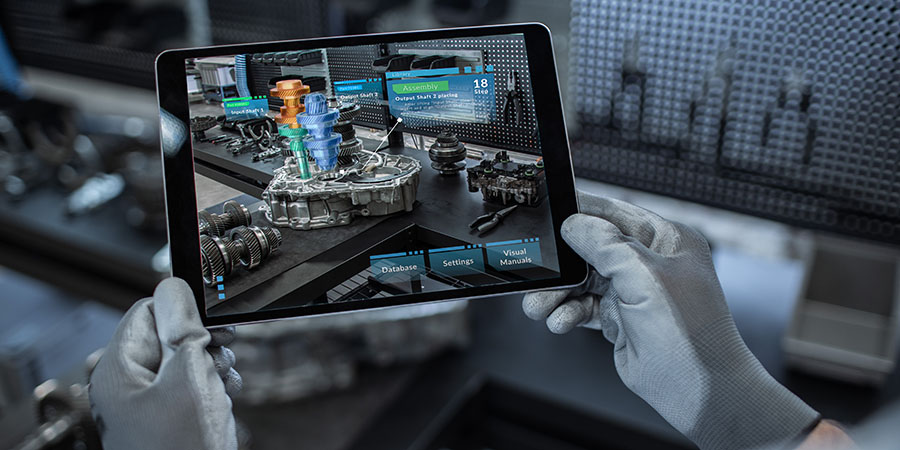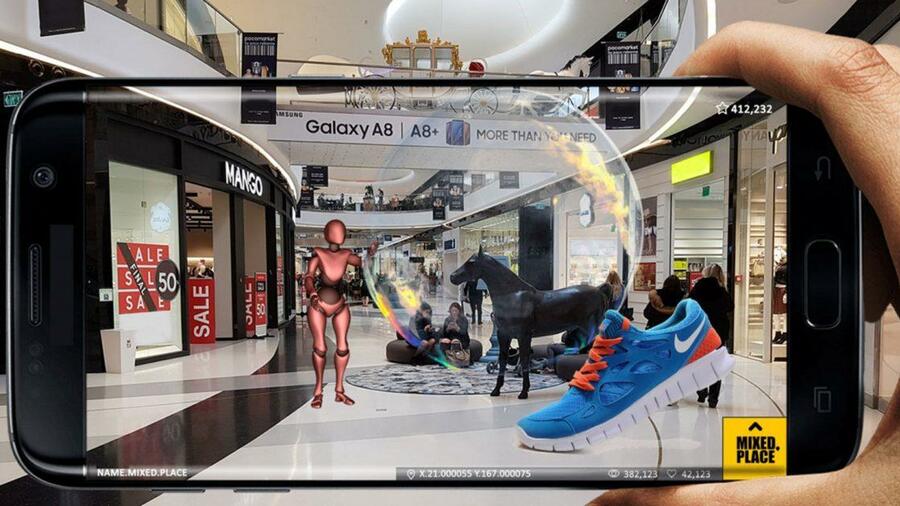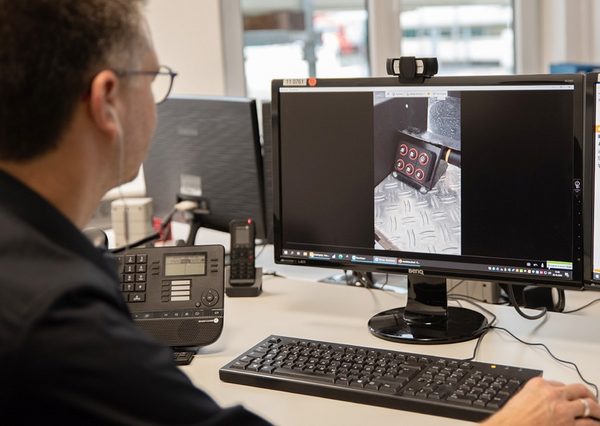Manufacturing performance has a direct correlation with business growth and operational costs. Disruptions in timing, productivity, or quality can result in waste that negatively impacts profitability and brand reputation. Cutting back on waste is a major priority, and augmented reality is helping OEMs save millions in costs by reducing three forms of waste.
1. Assembly errors
For years, manufacturers have built their reputation on the quality and consistency of their products. They strive for production outputs to meet certain standards, but assembly errors can occur when frontline workers don’t adhere closely to SOPs, resulting in waste in the form of defective products. Sometimes, the necessary SOPs and work instructions don’t even exist and line workers must rely on institutional knowledge.
Augmented reality can help manufacturers cut back on assembly errors by turning SOPs, work instructions, and institutional knowledge into one consumable visual experience that frontline workers can view while still physically working. AR has proven to reduce scrap, rework, and defects, saving manufacturers that have implemented it successfully millions in costs.
2. Production line downtime
The time it takes frontline workers to setup and changeover production lines is another form of manufacturing waste. Every second counts when it comes to production yields, and the opportunity cost for downtime can quickly turn into millions of dollars lost. Frontline workers need the right information at their fingertips to setup and changeover lines efficiently, but traditional printed work instructions can be difficult to interpret out of context.
With AR, line workers can overlay machine setup and changeover instructions directly onto their field of view, so they have step-by-step prompts and guidance in the context of the actual task they’re performing. As a result, manufacturers can better optimize the time and resources they have while creating a more flexible and agile workforce.
3. Training time
Lastly, new workers require multiple hours of training before they can become an active contributor to the manufacturing workforce. Well-trained workers are essential for maintaining production line performance, but lengthy training programs and required safety certifications make it challenging for frontline workers to become productive immediately.
AR has proven to accelerate training times for industrial organizations by delivering training curriculum in a more effective format. Trainees that use AR retain more knowledge faster because they can see and interact with products and processes in real-time versus learning about them from manuals and classroom-style presentations. By accelerating time-to-productivity with AR, industrial organizations can get a return on their investment in new employees sooner, saving them time and additional training costs.
Quelle:
https://www.ptc.com/en/thingworx-blog/3-forms-of-waste-oems-can-reduce-with-augmented-reality?utm_source=linkedin_free&utm_medium=social_corp&utm_campaign=blog_ARwaste




